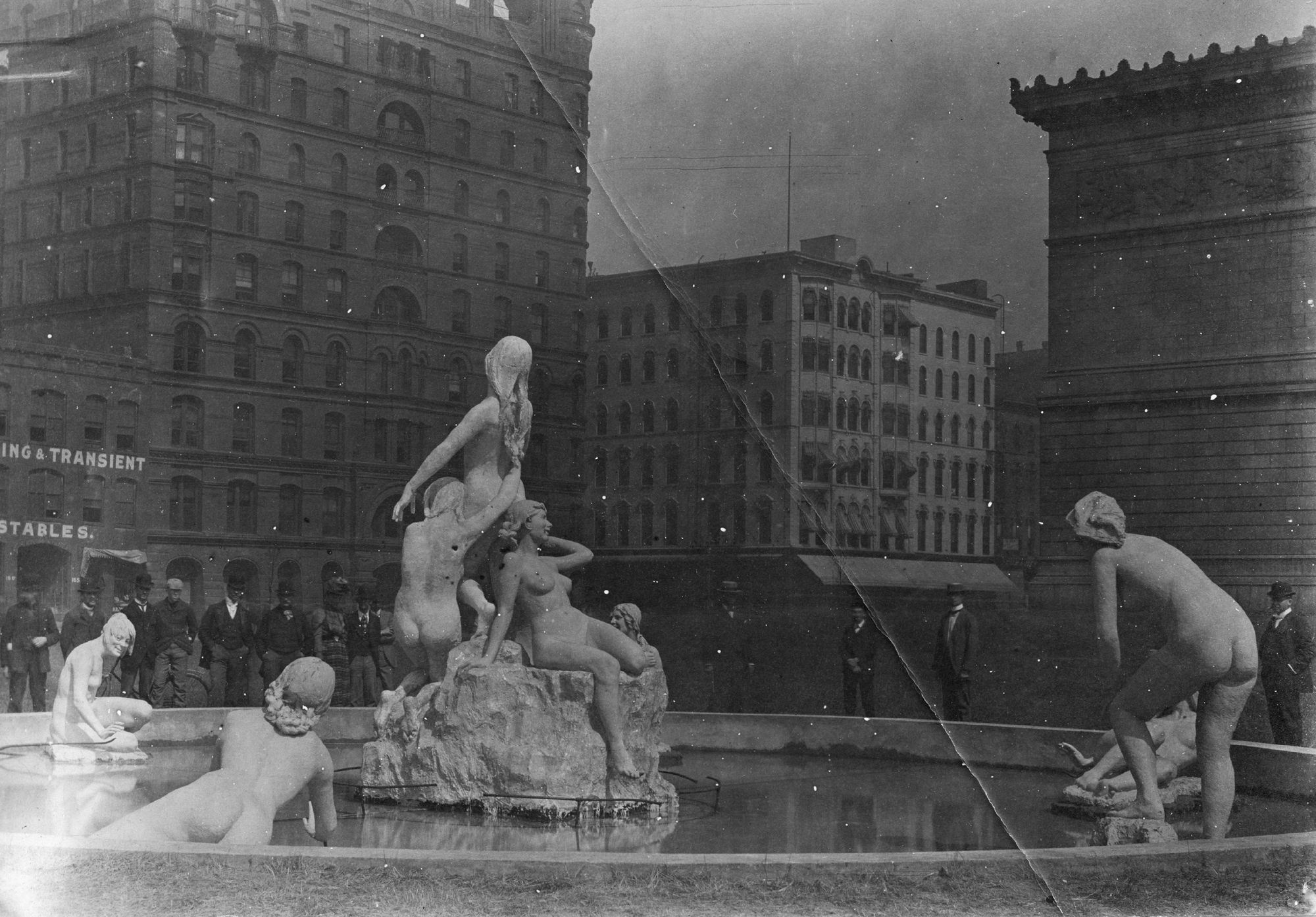
Taking the nineteenth-century medical instrument—the speculum—as its centerpiece, TOOLS investigates the intrusive object and its violent legacy as a step towards reclaiming the agency of women over their bodies. Utilized to perform standard pelvic exams, the instrument would enable its inventor, J. Marion Sims, and his successors an encounter with the inner workings of female genitalia. Yet, the probing objects which appear time and time again in the exhibition lack any ethical dimension. Developed as a result of prolonged experimentation on unconsenting enslaved women of color, the speculum—whose name is derived from the Latin root ‘to look at’ or ‘to observe’—enabled physicians just this function.
In TOOLS, Efrat Hakimi recreates an array of surgical instruments she recovered from Sims’ hand-drawn medical diagrams. In Sims’ Figures, Hakimi suspends and reverses the male gaze, which the speculum so forcefully embodies, onto the instruments themselves. Here, each tool has been reconstructed in the form of delicate reliefs, which self-efface from afar. Contrary to the tool’s function in illuminating, her embossed instruments are ones embedded in black heavyweight paper, the works simulating that which is visibly absent from the narrative behind the speculum, the female body itself. In her practice, Hakimi reasserts the feminine through implication, activating the work through the very actions of the tools she investigates—each piece a product of pressing, prying, cutting. Her works, too, hint at the merging of the human body and the instrument; Knife taking the form of a cherry-red nipple and simultaneously performing the slicing function of a knife with its sharp, curved blade.
In TOOLS, Efrat Hakimi recreates an array of surgical instruments she recovered from Sims’ hand-drawn medical diagrams. In Sims’ Figures, Hakimi suspends and reverses the male gaze, which the speculum so forcefully embodies, onto the instruments themselves. Here, each tool has been reconstructed in the form of delicate reliefs, which self-efface from afar. Contrary to the tool’s function in illuminating, her embossed instruments are ones embedded in black heavyweight paper, the works simulating that which is visibly absent from the narrative behind the speculum, the female body itself. In her practice, Hakimi reasserts the feminine through implication, activating the work through the very actions of the tools she investigates—each piece a product of pressing, prying, cutting. Her works, too, hint at the merging of the human body and the instrument; Knife taking the form of a cherry-red nipple and simultaneously performing the slicing function of a knife with its sharp, curved blade.
Severed from the body, this work too presents a foil to Hakimi’s Nymphs, an installation of cast hand tools. The work references the Nymphs Fountain, which was temporarily installed on the south lawn of the Art Institute of Chicago in 1899. Built by women students, the fountain, which included ten sculpted figures of nymphs, was violently destroyed by men armed with sledgehammers and crowbars shortly after its installation. Substituting the nymphs for the tools which were used to obliterate them, Hakimi’s sledgehammers take on the characteristics of both the limbs which operate them and the fragmented figures they left behind.
Unearthing narratives hidden within the margins of institutional archives and public space, Hakimi threads together intimate encounters with common objects to reconsider received histories. Through her engagement with these functional objects—particularly ones which imply power over the body—Hakimi raises questions around the responsibility one has in participating in and framing these gendered histories.
— Luna Goldberg
![]()
Unearthing narratives hidden within the margins of institutional archives and public space, Hakimi threads together intimate encounters with common objects to reconsider received histories. Through her engagement with these functional objects—particularly ones which imply power over the body—Hakimi raises questions around the responsibility one has in participating in and framing these gendered histories.
— Luna Goldberg
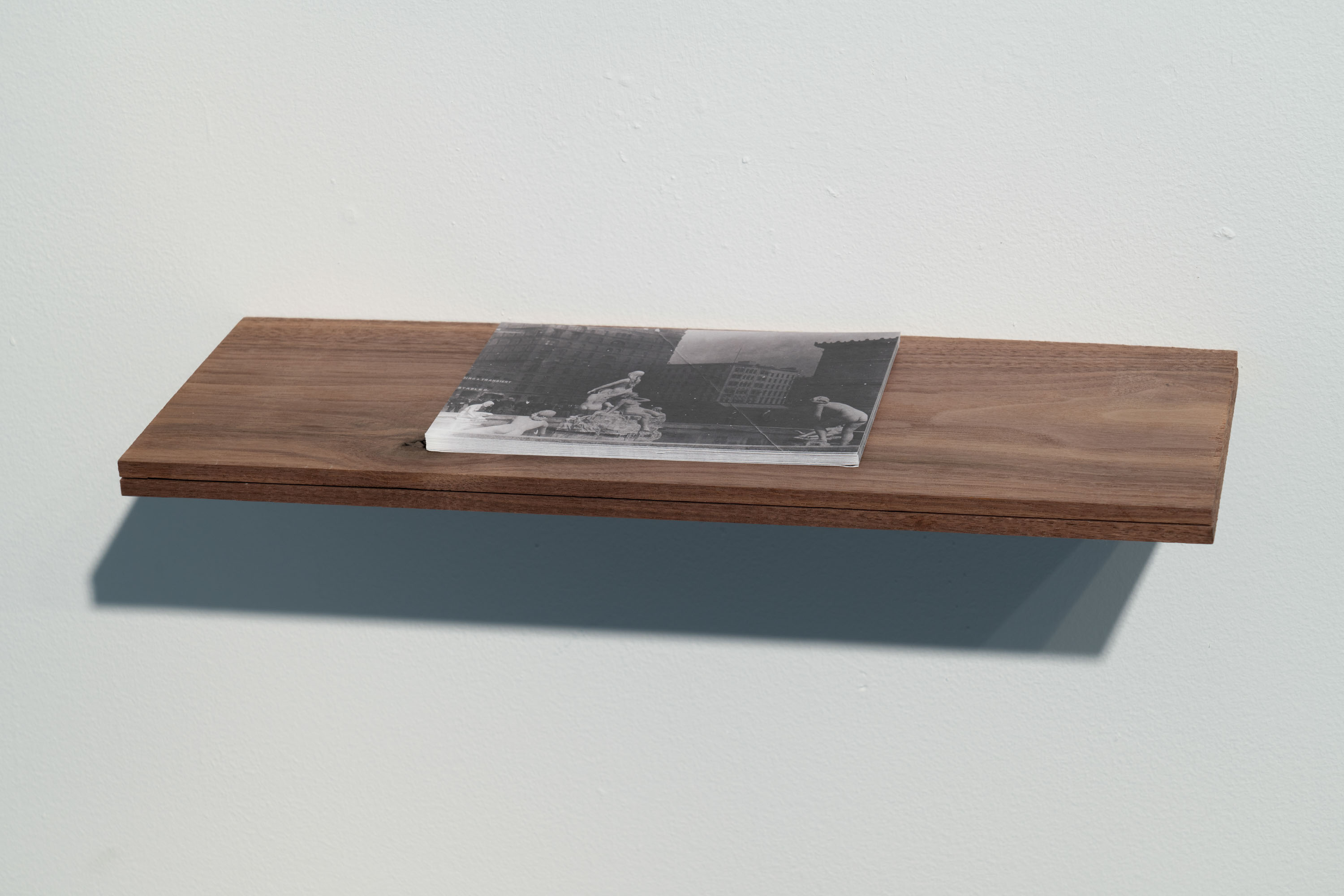
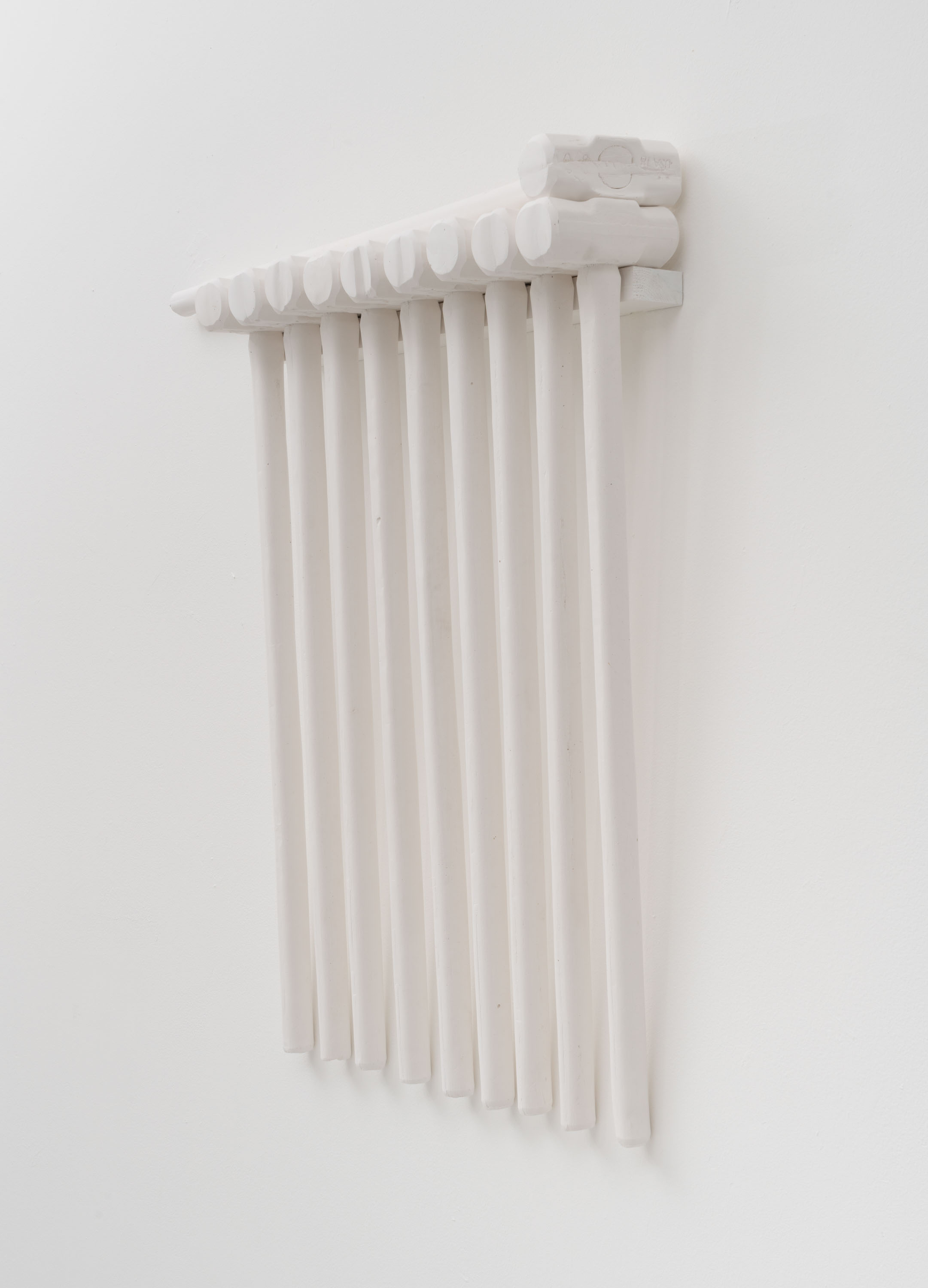
The paper in the series Sims Figures is embossed with the outlines of surgical tools. These were the tools used by James Marion Sims, who conducted non-consented experiments and surgeries on enslaved black women in the 1840's in Alabama. Sims didn't use anesthesia and didn't have the consent of Lucy, Betsy, Anarcha, and other women whose names he didn't record. In studying the brutal history of modern gynecology, I was interested in the relationships between what is acknowledged as historic public knowledge and the personal embodied knowledge of the gynecological exam, and in the question- do tools have an ideology?
The embossed paper works were created from Sims' hand-drawn illustrations, and the use of black paper conceals the images to the same extent that it reveals them.
The embossed paper works were created from Sims' hand-drawn illustrations, and the use of black paper conceals the images to the same extent that it reveals them.
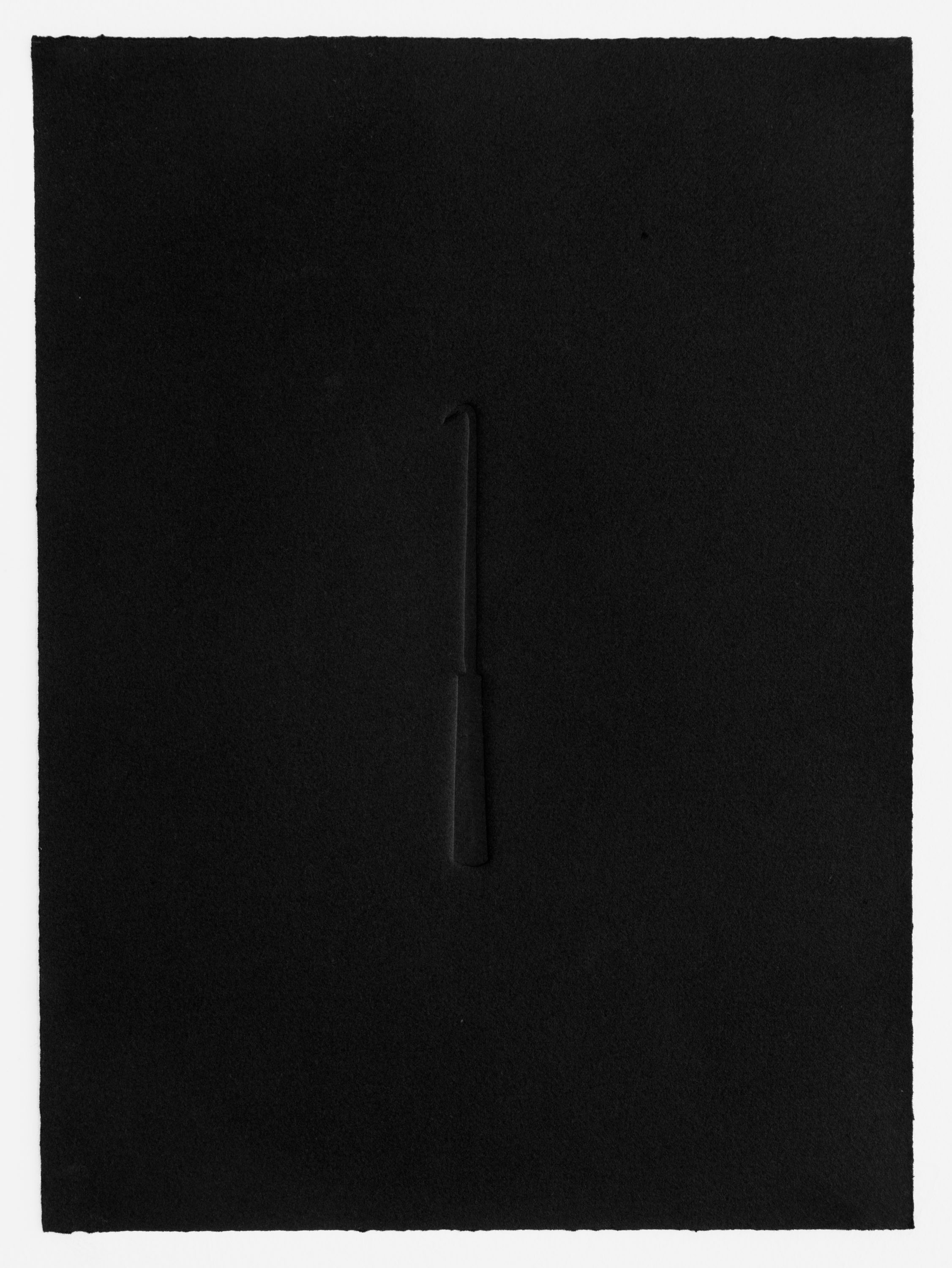
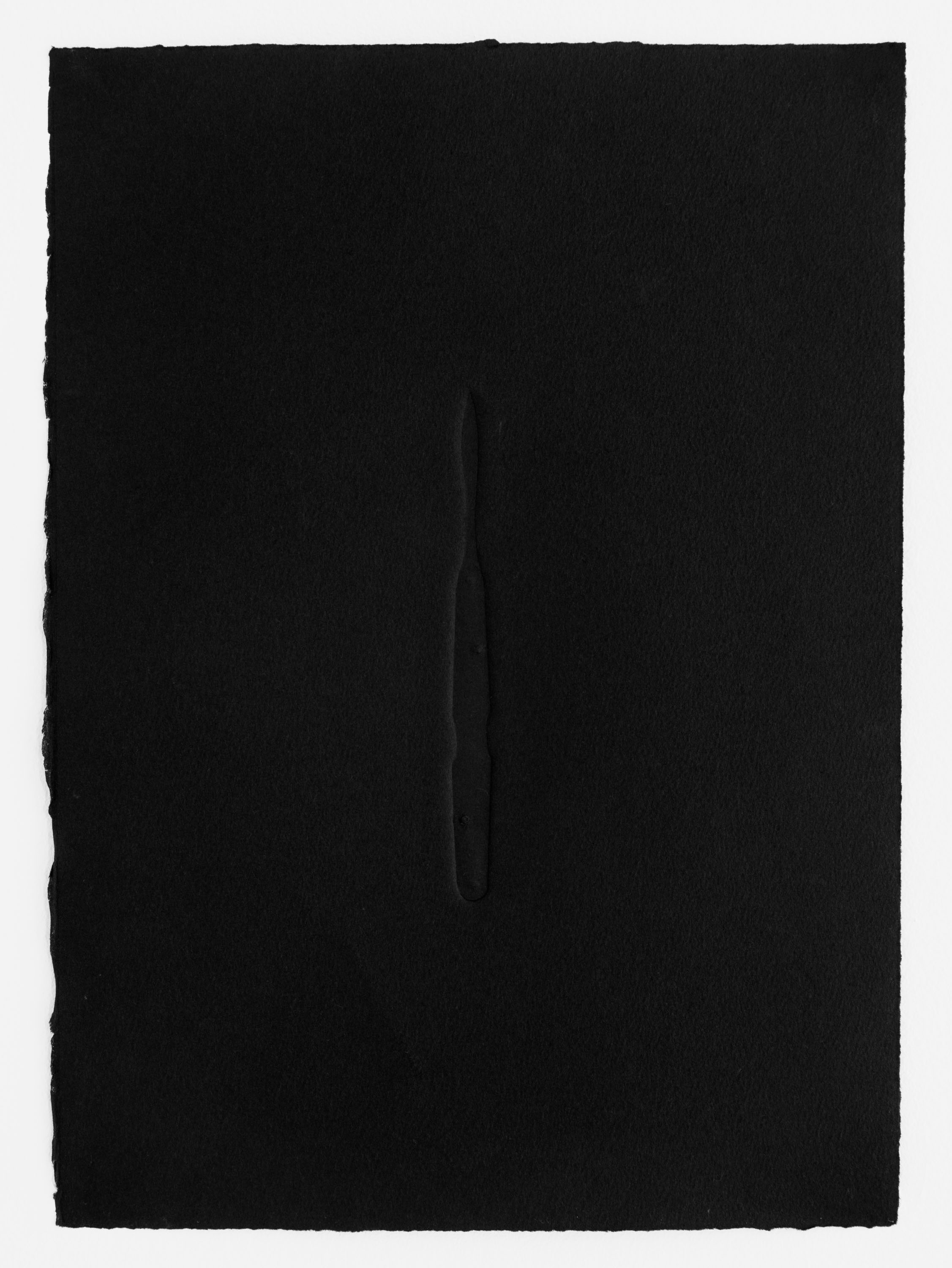
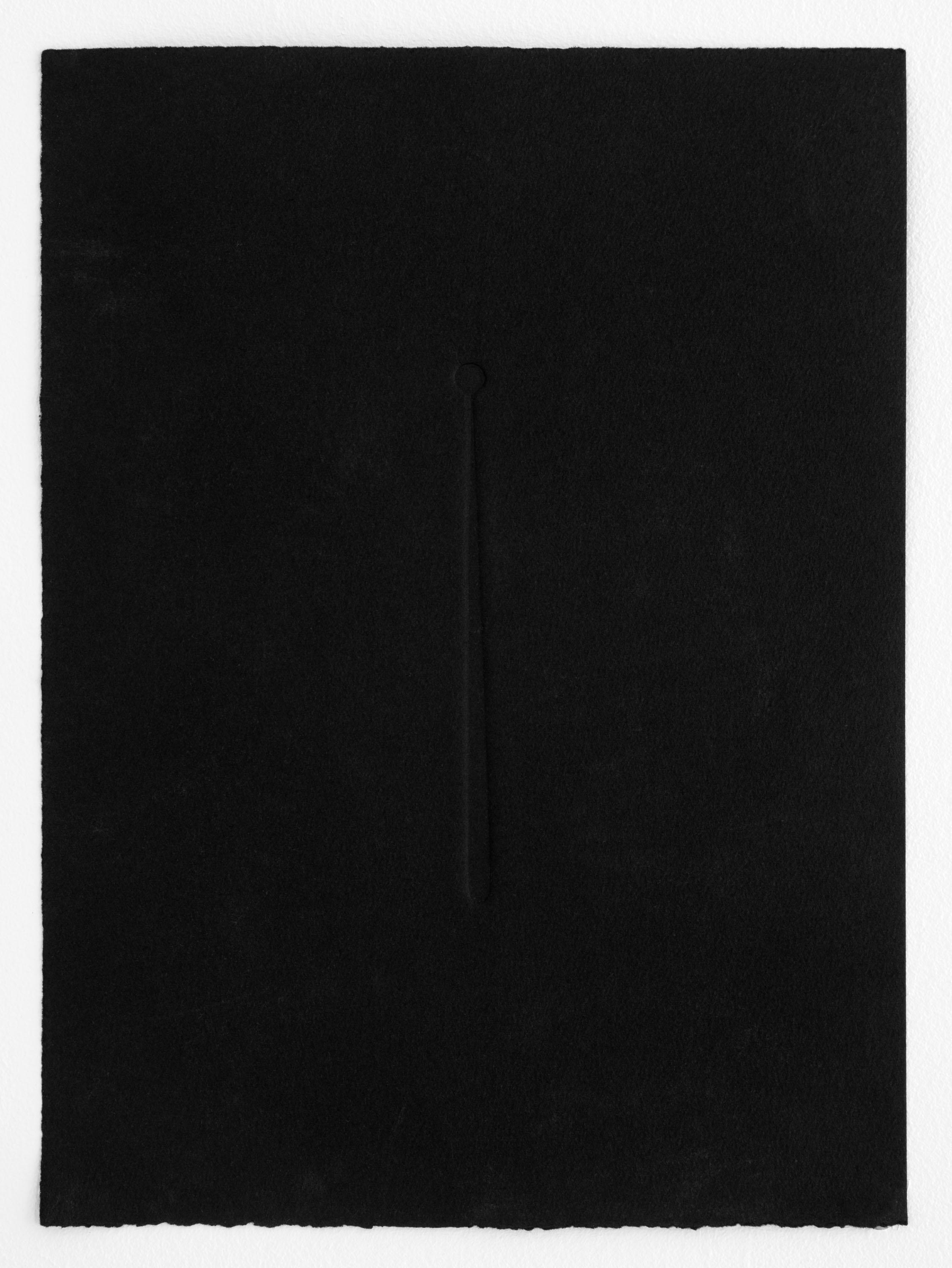
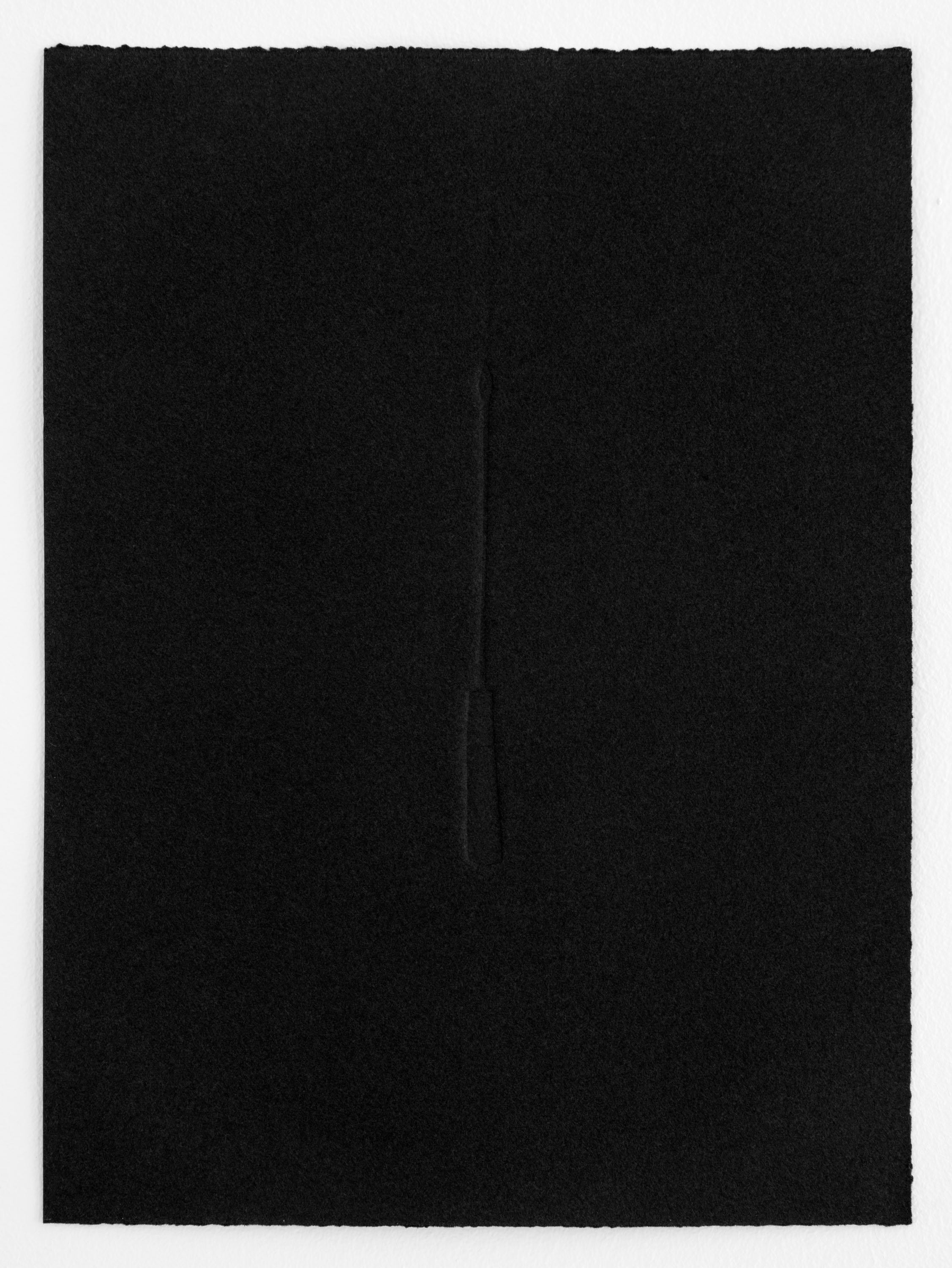
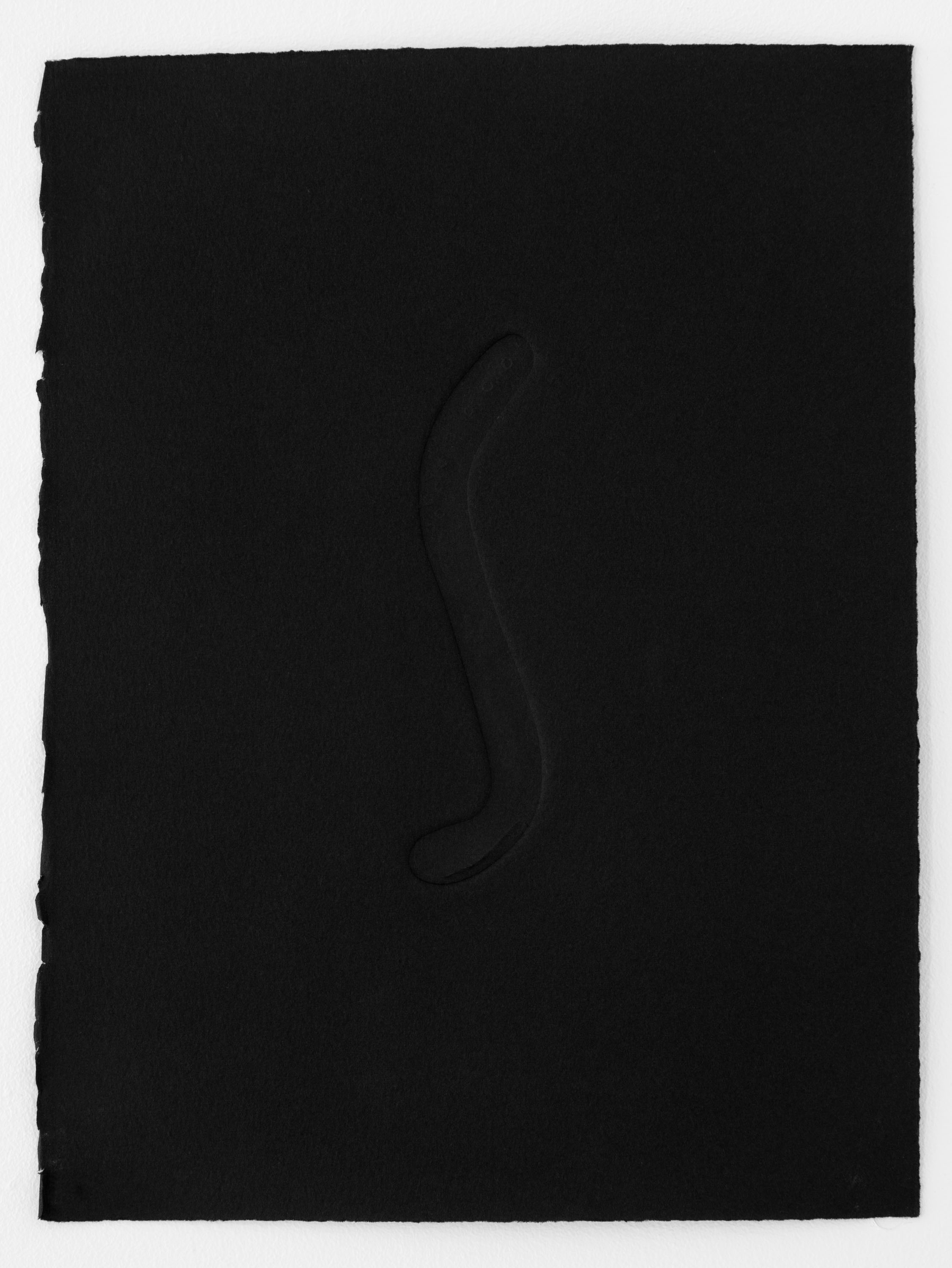
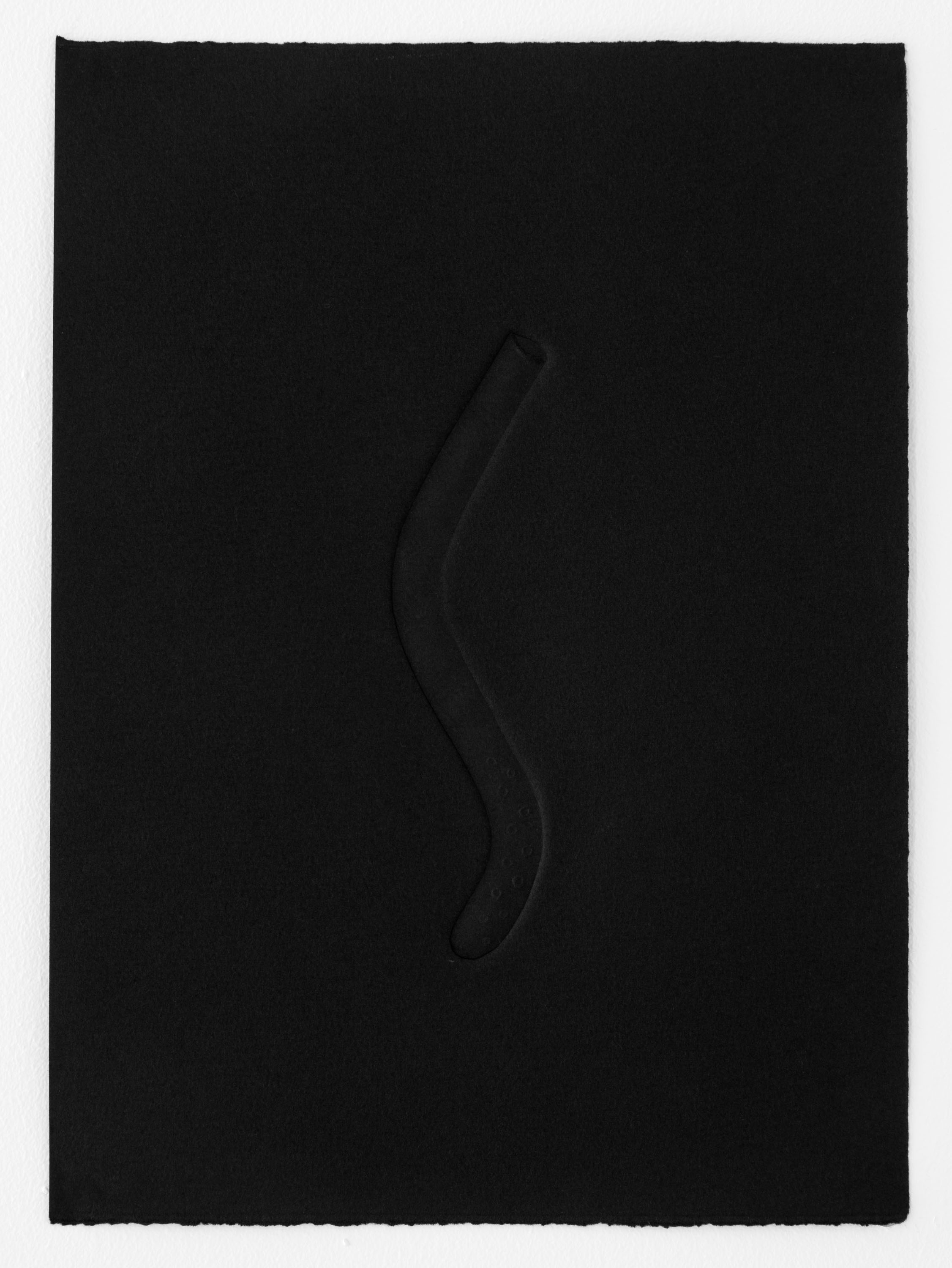
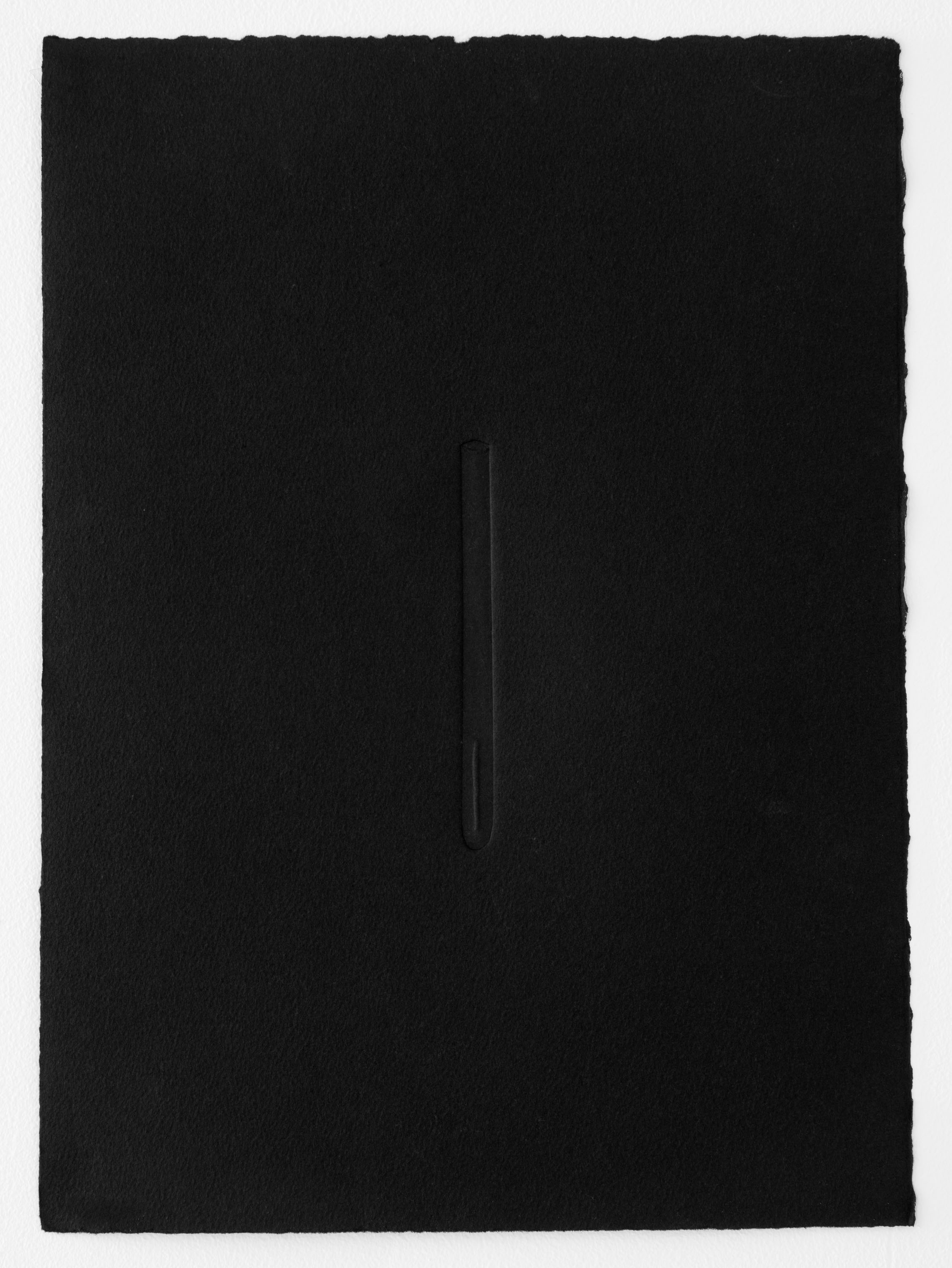
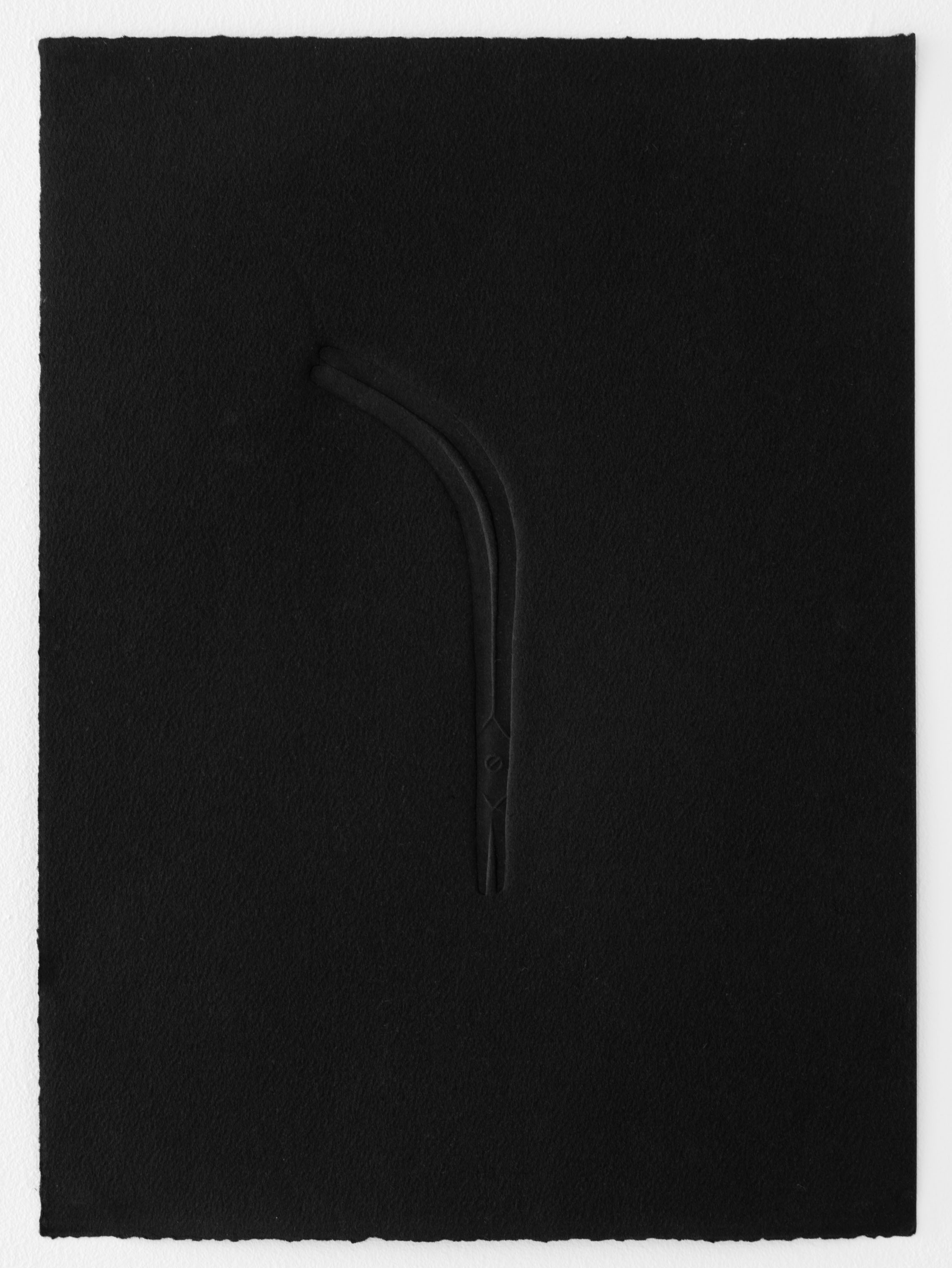
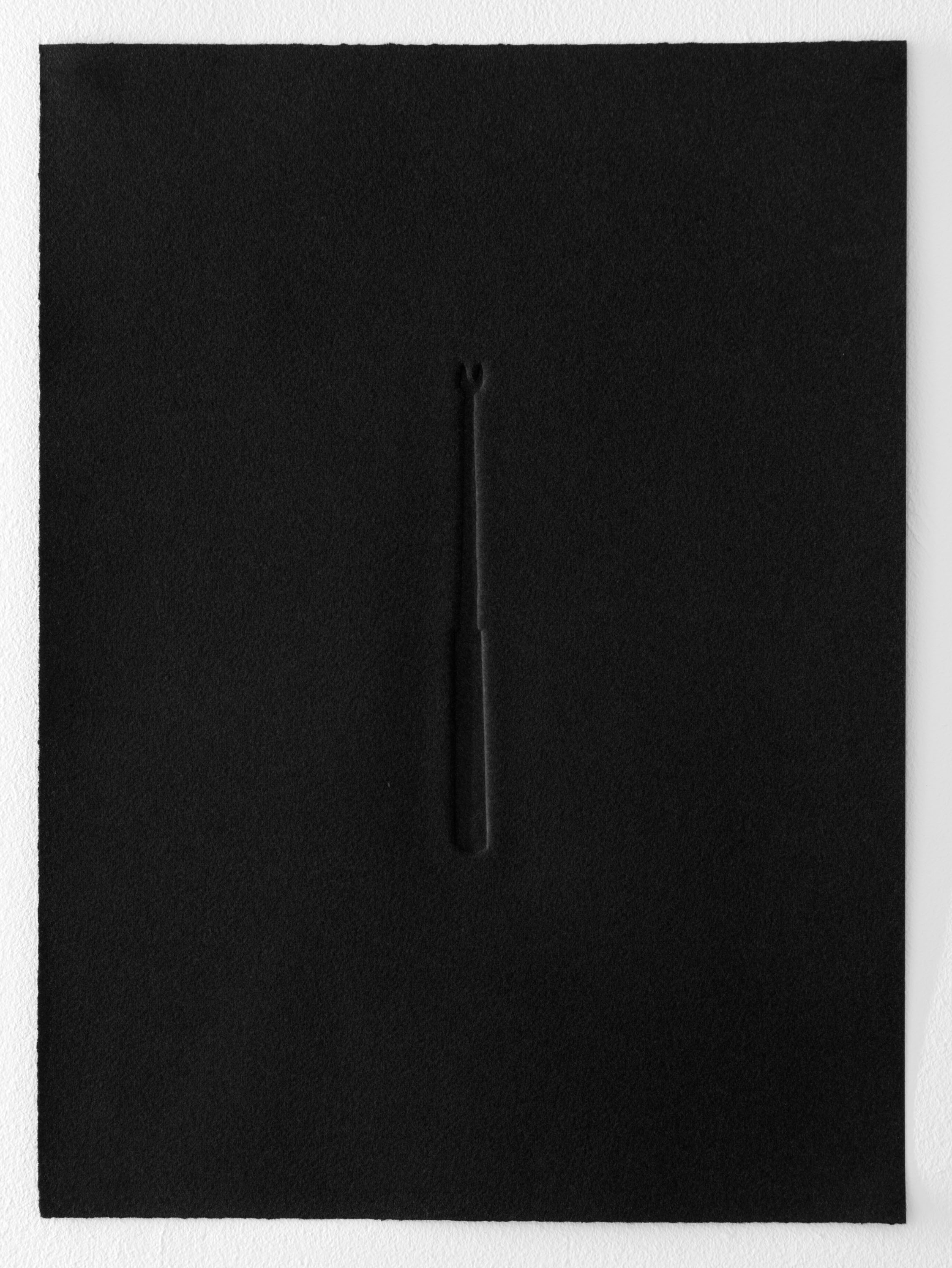
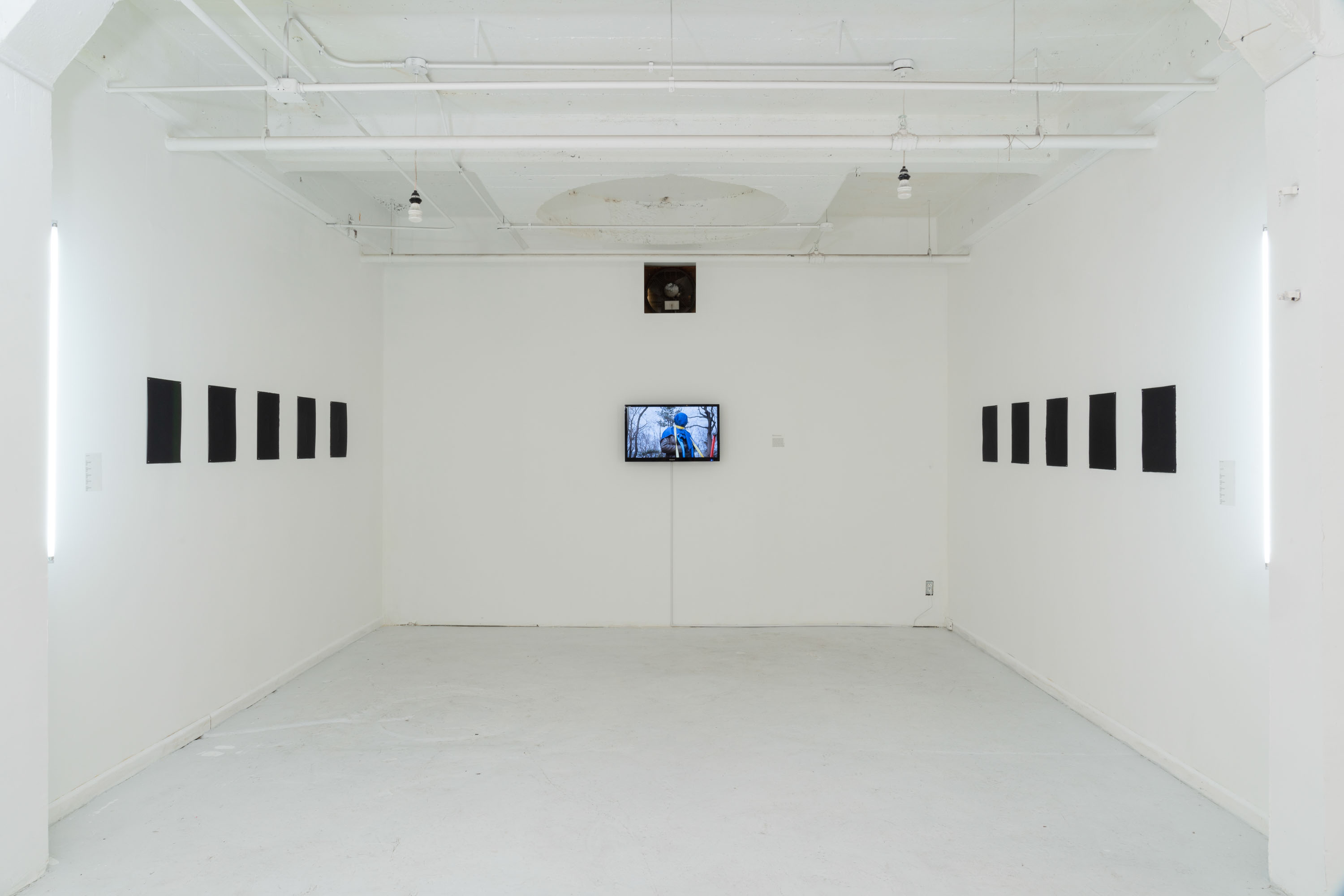
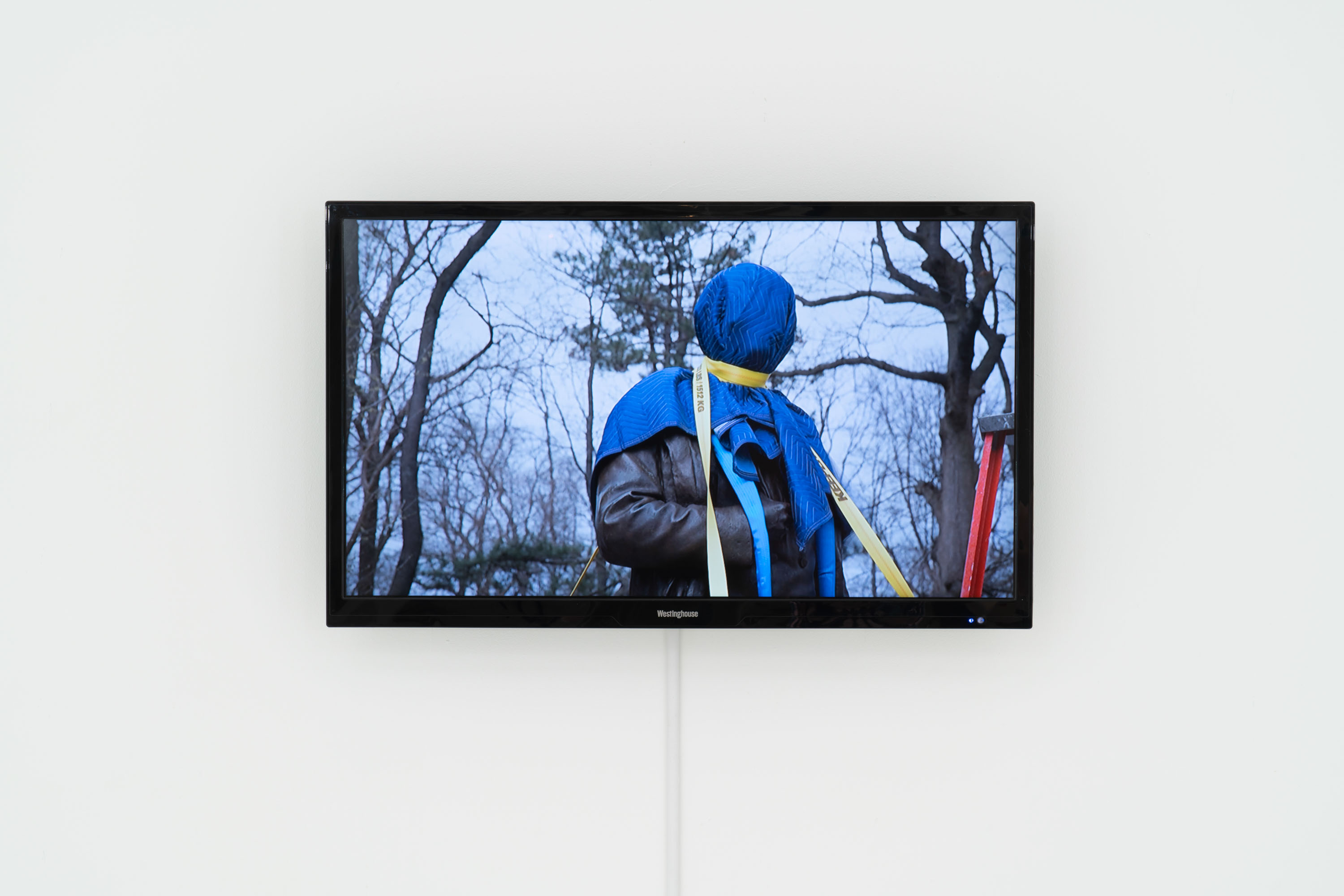
Installation views from Tools, 062 Gallery, Chicago IL.